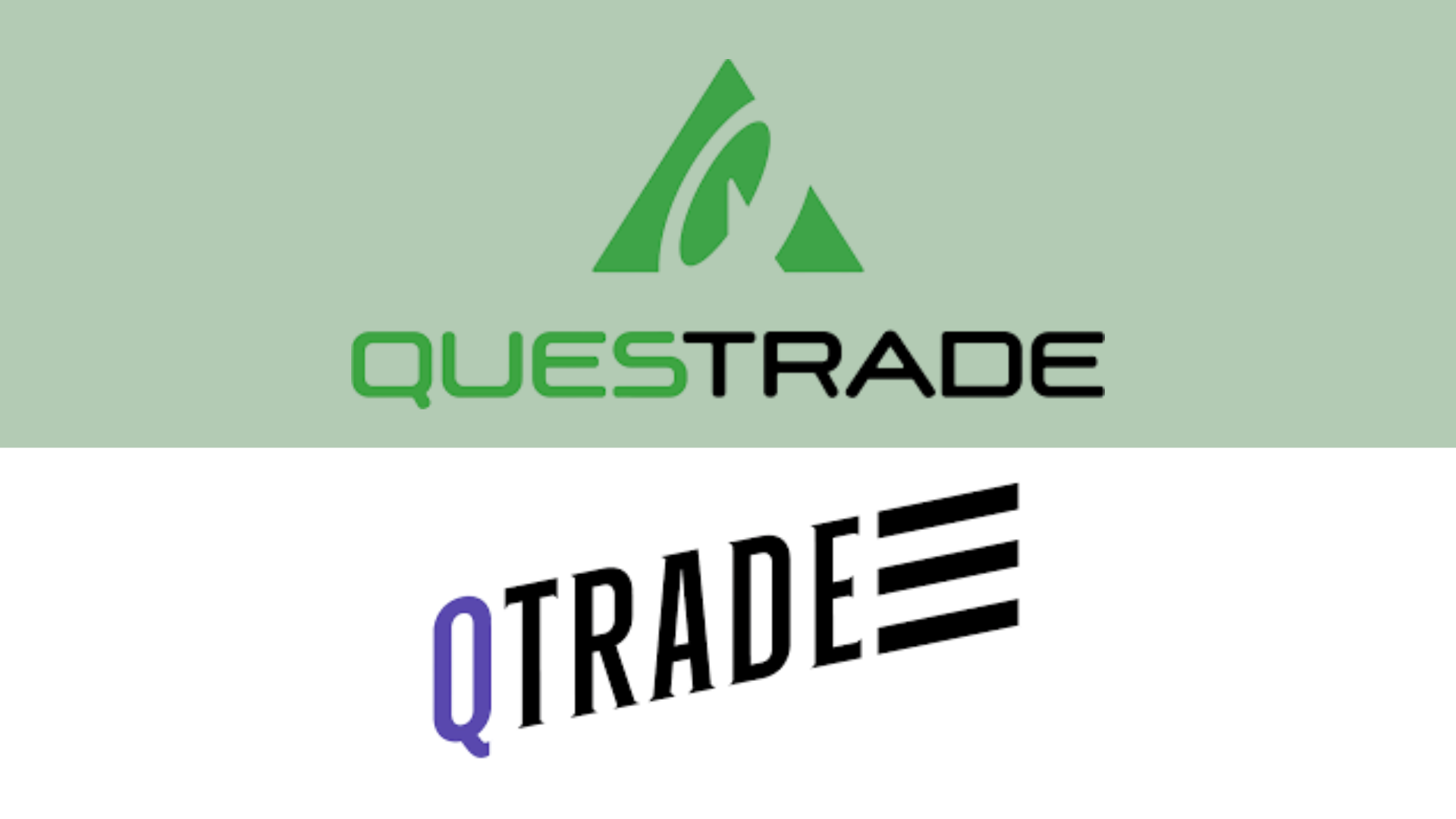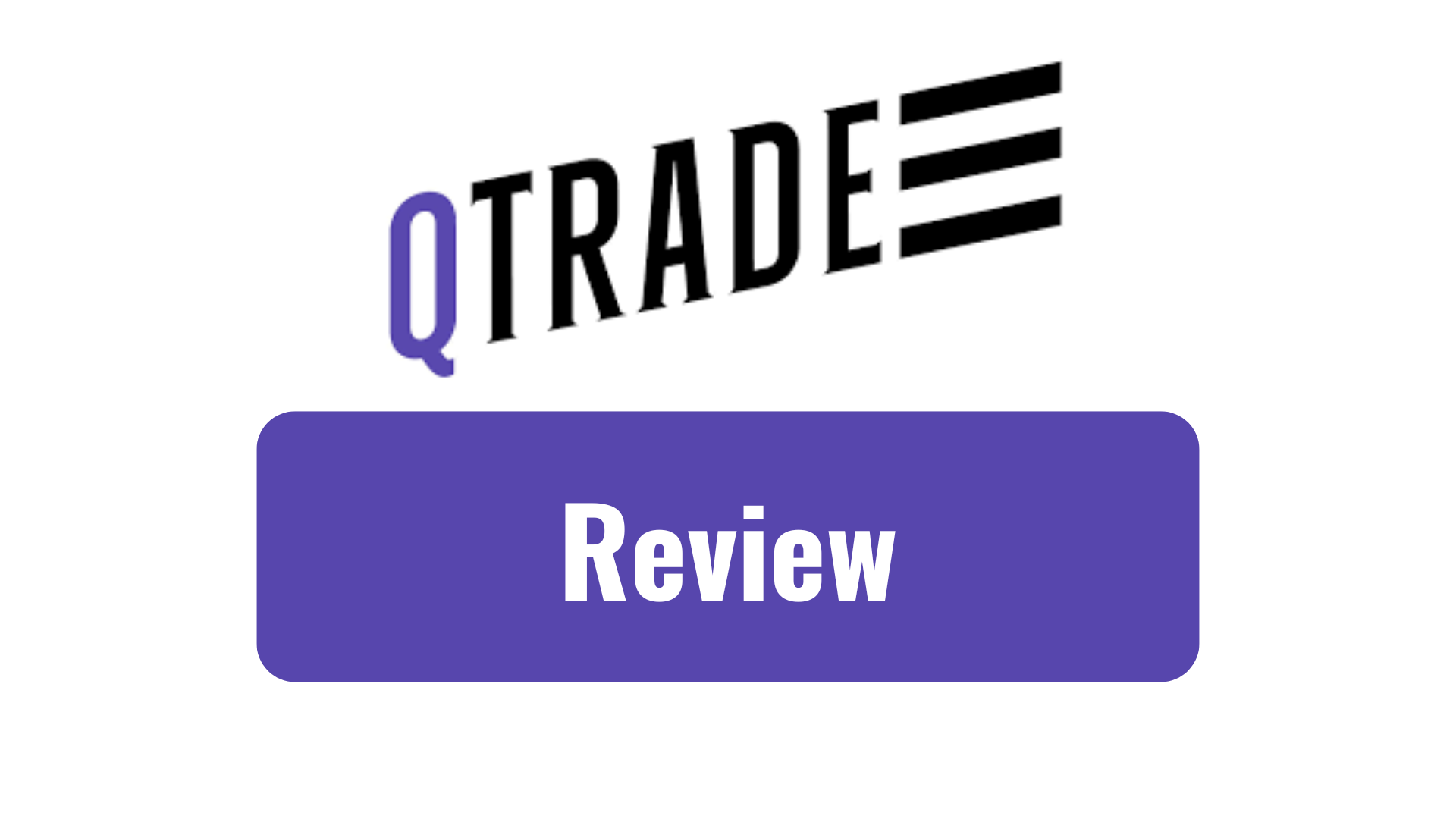The working premise for 2023 is that stocks will struggle as long as the Fed keeps raising rates. In fact, there is a great deal of speculation about the so-called “final rate,” the rate at which the Fed is willing to go to whip up inflation. In the Fed’s most recent dot plot, the central bank said it could raise interest rates to over 5%.
It doesn’t take a lot of imagination to do a ton of damage to both the stock market and the economy when they’re way above that. However, there are still some sectors of the stock market that will most likely outperform others due to the balance between supply and demand in their business. One of them is housing.
Residential construction is likely to surprise on the upside
I’ve been bullish on home construction stocks for quite some time. I was even optimistic when the sector collapsed and burned in mid-2022 as the summer blowoff in existing home prices imploded. And I remain optimistic in the long term.
Of course, as the Fed continues to raise interest rates, mortgage rates are likely to maintain their recent upward trend. This will have a negative impact on home sales and will cause problems for builders in the short term. The recent rebound in mortgage rates will not help.
At the same time, it is important to describe the important differences between home builders (new homes), existing home markets and rental markets. This is because although they are all related, each has its own set of internal dynamics that affect how they function.
The brave new world of living
To understand US housing markets, it is important to consider the two seismic events in recent history that have shaped the current supply-demand balance: the 2008 subprime mortgage crisis and the COVID pandemic. Although 12 years apart, they are irrevocably intertwined and together they have created the environment that is most conducive to home builders today and likely to continue into the future.
After the 2008 crash, many homebuilders had near-death experiences as their overbuilt inventory sat unused for years. As a result, they stopped building houses. This created a long-term supply shortage for new homes. Even when the overall situation improved, there was still no overbuilding. This kept the undersupply of new housing going even as the population grew and shifted.
The pandemic caused a population shift from cities to suburbs and, in many cases, to other states, particularly the Sunbelt, where COVID restrictions were lighter and jobs and economies recovered faster than states that maintained pandemic restrictions longer.
Meanwhile, the Federal Reserve’s massive QE and zero interest rates contributed to housing demand as buyers fleeing cities sought to own their homes rather than rent apartments. This demand was very pronounced in the Sun Belt and states with less restrictions due to the large numbers of people moving there. Initially, this also favored landlords in these areas, as the scarce supply of apartments prompted many to rent.
When the Federal Reserve began raising interest rates, all segments of the housing market stumbled. But over time, both realtors who deal in existing homes and landlords have struggled more than builders. Indeed, builders have remained in the driver’s seat as a low supply of existing housing in prime locations, persistently high rents from landlords and continued exodus to the sunbelt, combined with a limited supply of new housing, have kept the development most favorable to homebuilders since a generation.
Perhaps the take-home message is that even after a huge rise in interest rates in 2022, home builders are still in a very profitable position.
REITs and Rentals – Online Brokers and Existing Properties
For equity investors, the rental market is best traded through the Real Estate Investment Trusts (REITs). These are fairly easy to trade as they usually rise when interest rates fall and fall in price when interest rates rise. They are particularly sensitive to Federal Reserve interest rates and to movements in government bond yields, particularly the US Ten Year Note (TNX).
In the current market, companies own a disproportionate number of rental units. This market dominance, combined with a low supply of attractive locations, has kept rents at a high level over a longer period of time. But as the economy has slowed, landlords in high-tax, high-regulation states have seen their vacancy rates rise, while those in low-tax, low-regulation states have seen high occupancy rates.
Existing properties are just as sensitive to interest rates, but are somewhat more difficult to trade on the stock exchange. One way to trade the trend in existing homes is through stocks of companies that own real estate agents, such as online broker Redfin (RDFN).
In general, these types of stocks do well when existing home sales are rising and interest rates are falling.
Home builders beat to another drum
Home construction stocks are also interest rate sensitive because mortgage rates are linked to bond yields. As a result, the prices of stocks like DR Horton (DHI) and Lennar (LEN) often follow the same price trends as REITs and online brokers.
But the current situation is a little different. You can see that shares of DR Horton and Lennar fell for several months in 2022 as the US 10-year bill yield rose. However, stocks responded well as yields reversed. You can see that RDFN stock has yet to recover.
The reason why home construction stocks reacted more favorably to the turnaround in yields is multifaceted:
- There are fewer new apartments available than there is demand. That’s because homebuilders stopped building after the 2008 real estate crash and never quite brought the construction rate up to pre-crash levels.
- Demand for new homes remains high as there is a migration from high-tax states to lower-tax states with higher job vacancies – particularly sunbelt states like Texas, Florida and Georgia.
- Older homes are often less attractive than new homes because of their outdated amenities, location restrictions and, in many cases, poor maintenance. In addition, the rents in some federal states are so high that it makes more sense to own a home.
These factors make new homes more attractive than existing homes. As a result, builders remain in a more favorable position than real estate agents and landlords.
Of course, that doesn’t guarantee uninterrupted uptrends in these stocks. And should interest rates rise significantly, this will have a negative impact on builders’ shares. But when they do eventually fall, homebuilders will be in a better position than many sectors in the stock market because supply is on their side.
Higher interest rates are never good for most stocks. But it’s still possible to make money in stocks in an era of rising interest rates if you know where to look. In my latest video you can see when and how to fight the Fed and win here.
I own shares of DHI and LEN.
Welcome to the Edge of Chaos:
“The Edge of Chaos is a transitional space between order and disorder that is believed to exist in a variety of systems. This transition zone is a region of limited instability that creates a constant dynamic interplay between order and disorder.“—Complexity Labs
NYAD remains 200-day moving average
The New York Stock Exchange’s (NYAD) advance decline line stayed below its 50- and 200-day moving averages, but really went nowhere for the last week of the year.
A similar picture emerges from VIX, meaning no big bets from put buyers materialized. When the VIX rises, stocks tend to fall as rising put volume is a sign that market makers are selling stock index futures to hedge their put sales to the public. A drop in the VIX is bullish as it means less buying of put options. The failure of the VIX to rise was the reason for the stocks’ lack of a full collapse.
Liquidity has remained surprisingly stable as the Eurodollar Index (XED) has trended sideways to slightly higher in recent weeks.
The S&P 500 (SPX) appears to have found temporary support at 3800 but remains below its 20-, 50- and 200-day moving averages. Accumulation/Distribution (ADI) has stabilized, but On Balance Volume (OBV) remains near its recent lows. ADI indicates short sellers are making quick profits and exiting, while OBV suggests sellers aren’t quite done yet.
The Nasdaq 100 Index (NDX) may have hit a triple bottom, with the 10,500-10,700 price range providing some short coverage.
For the most up-to-date information on options trading, visit here Options trading for dummies, now in its 4th edition – Get your copy now! Now also available as an Audible audiobook!
 #1 New Release in Options Trading!
#1 New Release in Options Trading!
Good news! I created my NYAD complexity chaos diagram (on my YD5 Videos) and a few other favorites public. You can find them here.
Joe Duarte
In the money options
Joe Duarte is a former money manager, an active trader and a widely recognized independent stock market analyst since 1987. He is the author of eight investment books, including the bestseller Trading options for dummiesrated a TOP option book for 2018 from Benzinga.com and now in its third edition, plus The book “Invest everything in the 20s and 30s”. and six other trading books.
The book “Invest everything in the 20s and 30s”. is available at Amazon and Barnes and Noble. It was also recommended as Washington Post Color of Money Book of the Month.
For Joe’s exclusive stock, option and ETF recommendations, visit your mailbox each week https://joeduarteinthemoneyoptions.com/secure/order_email.asp.

Misch Schneider serves as director of trading education at MarketGauge.com. For nearly 20 years, MarketGauge.com has provided financial information and training to thousands of individuals, major financial institutions and publications such as Barron’s, Fidelity, ILX Systems, Thomson Reuters and Bank of America. In 2017, MarketWatch, owned by Dow Jones, named Mish one of the top 50 financial professionals to follow on Twitter. In 2018, Mish was the winner of Top Stock Pick of the year for RealVision.





